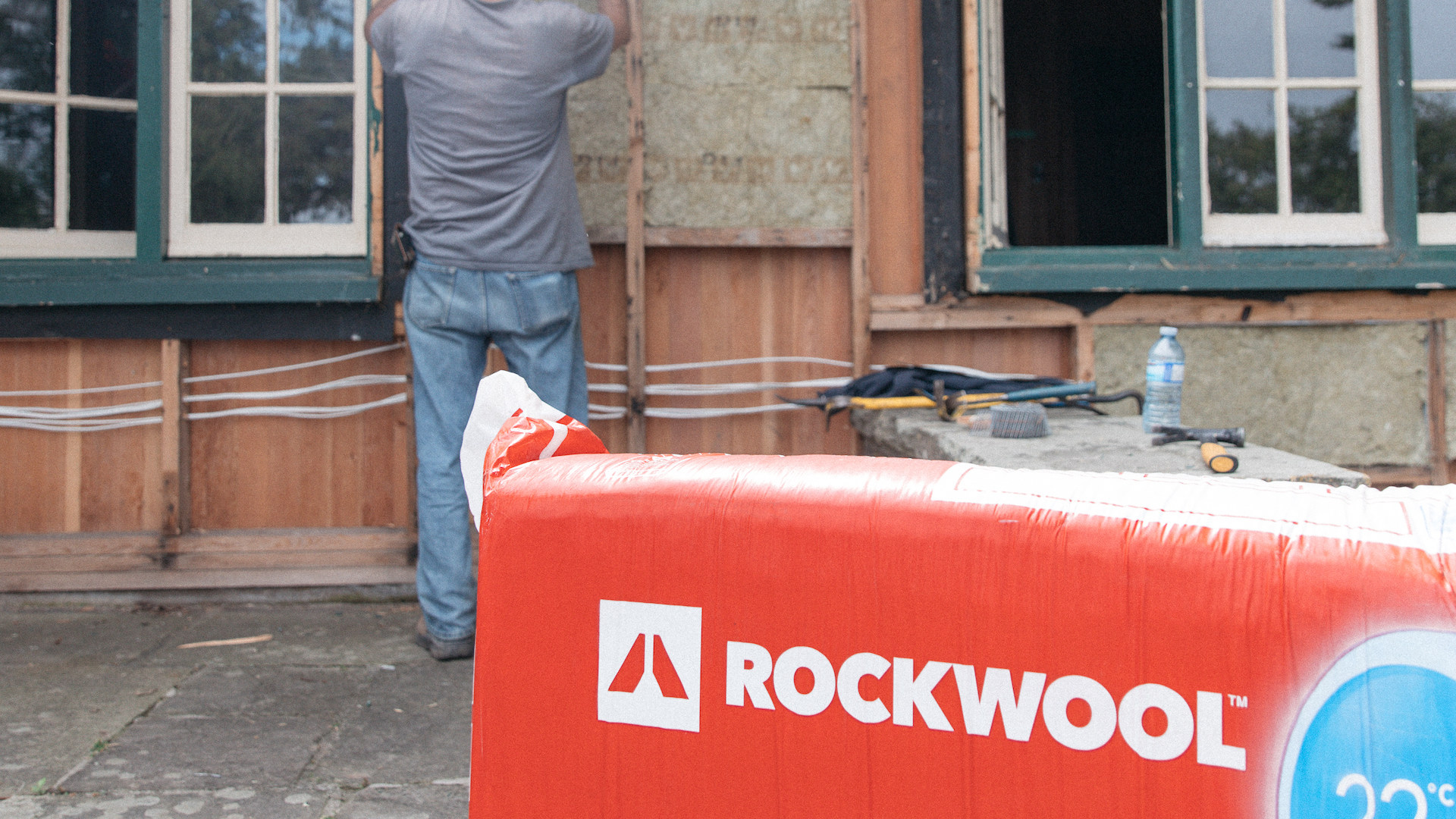[ad_1]
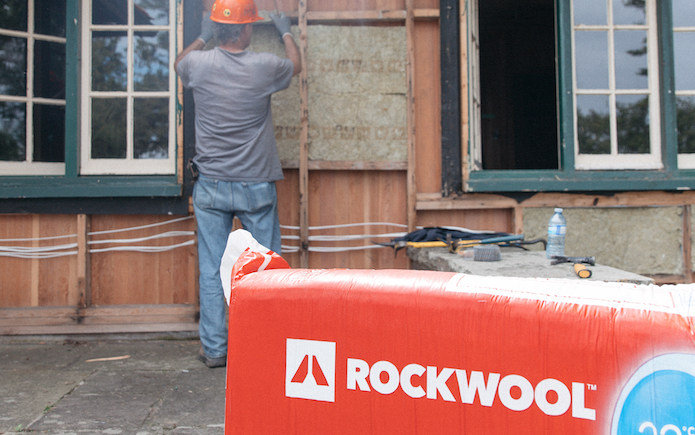
In this special Today’s Homeowner Podcast, we’re talking all about stone wool insulation with Dan Edelman, Rockwool’s National Business Development Manager.

What is ROCKWOOL insulation?
Dan: ROCKWOOL insulation is a rock-based mineral fiber insulation comprised of Basalt rock and Recycled Slag. Basalt is a volcanic rock (abundant in the earth), and slag is a by-product of the steel and copper industry. The minerals are melted and spun into fibers.
ROCKWOOL products contain between 16% or 40% pre-consumer recycled material dependent on the ROCKWOOL manufacturing facility location.
The amount of recycled content is optimized to provide the ideal thermal, acoustic, and fire protection properties from ROCKWOOL products, while still maximizing the recycled content.
ROCKWOOL’s History
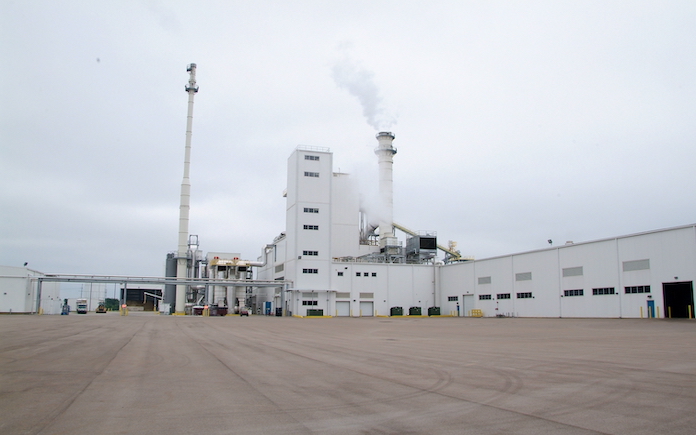
Dan: ROCKWOOL company began in 1937 in Copenhagen, Denmark, and the company expanded to the North American market in 1988.
So, our product is relatively new to North America, but historically it’s been around for quite some time now. We just opened up a new advanced factory in Ranson, West Virginia.
All of our factories are zero waste-to-landfill, and because stone wool insulation is hydrophobic, we use recycled rainwater to cut it. Even our factories that are wind- and water-powered are self-generating.
You can find out more about how our sustainable factories work on ROCKWOOL’s Sustainability webpage.
Advantages of Stone Wool Insulation

Dan: ROCKWOOL stone wool insulation is naturally fire-resistant because it’s made from rock. We don’t have to add any fire retardants or chemicals that increase flammability, so it’s never going to carry a flame and has zero smoke development.
Another advantage is mold resistance. ROCKWOOL stone wool insulation actually repels water. There will always be moisture in the air, especially when you’re talking about crawlspaces and attics.
Being able to repel that moisture away and forever being a mold and mildew-resistant product, it’s going to help with the durability of your wall assembly as well.
Attic Insulation
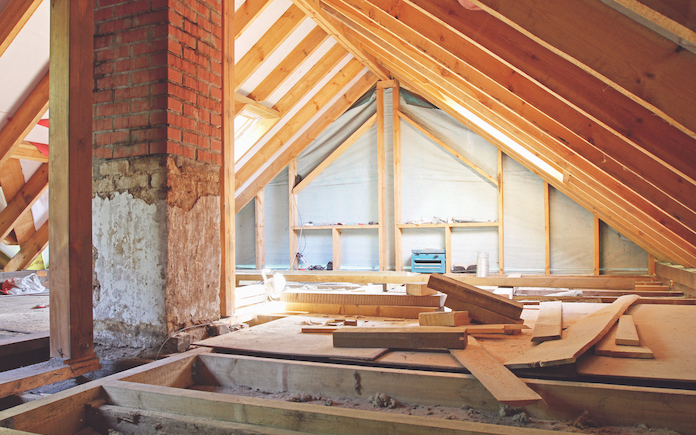
Dan: ROCKWOOL insulation batts come in 16-inch on center or 24-inch on center by 47 or 48 inches long, which is the perfect size for insulating attics. They fit perfectly between the studs, so you get that full cavity insulation.
Step one when installing attic insulation is to inspect the current insulation. Make sure there’s no moisture, mold mildew, rodent droppings or rodents living there. Rodents don’t primarily care for ROCKWOOL insulation.
After inspection, simply lay the batts down perpendicular to the joists, especially if the existing insulation is only to the joists.
If the existing insulation is below the joists, you’ll want to fill up to the joist line so you get more continuous insulation.
ROCKWOOL insulation typically has a 4.2 to 4.3 per inch R-value, so you actually don’t need quite as much to hit the higher R-value. However, we have products with a higher R-value primarily for attics.
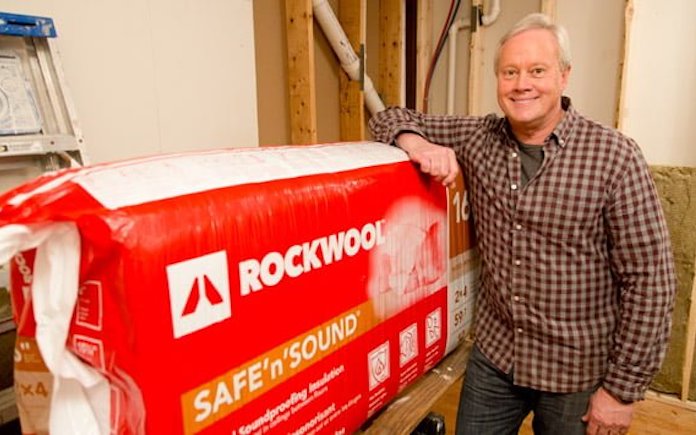
What About Sound Insulation?
Dan: The best thing for sound insulation is density and mass, both of which ROCKWOOL has.
The other part to sound insulation is friction fit, how tight it fits in that wall cavity. If you have one area that you can’t insulate properly, all the sound is going through that one section and you’re reducing that sound insulation.
For more information on ROCKWOOL stone wool insulation, go to ROCKWOOL.com and check out our All About Insulation webpage.
Further Reading
[ad_2]
Source link

